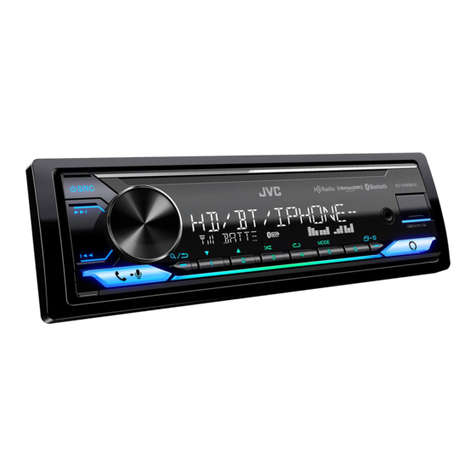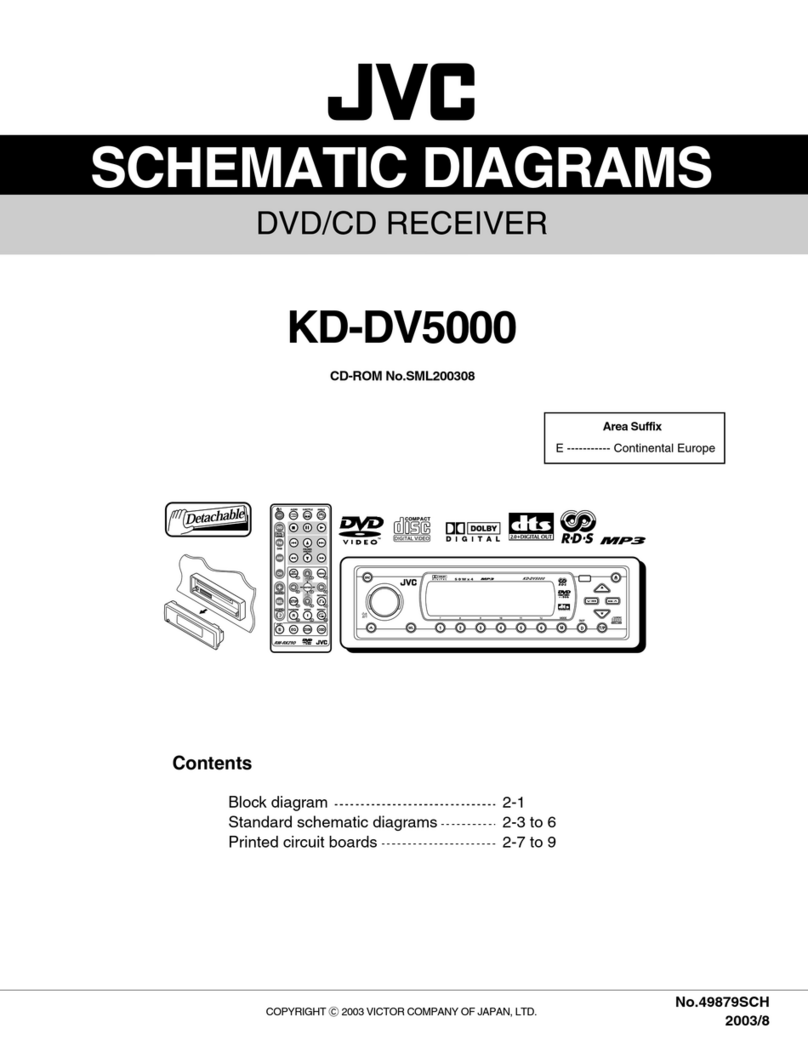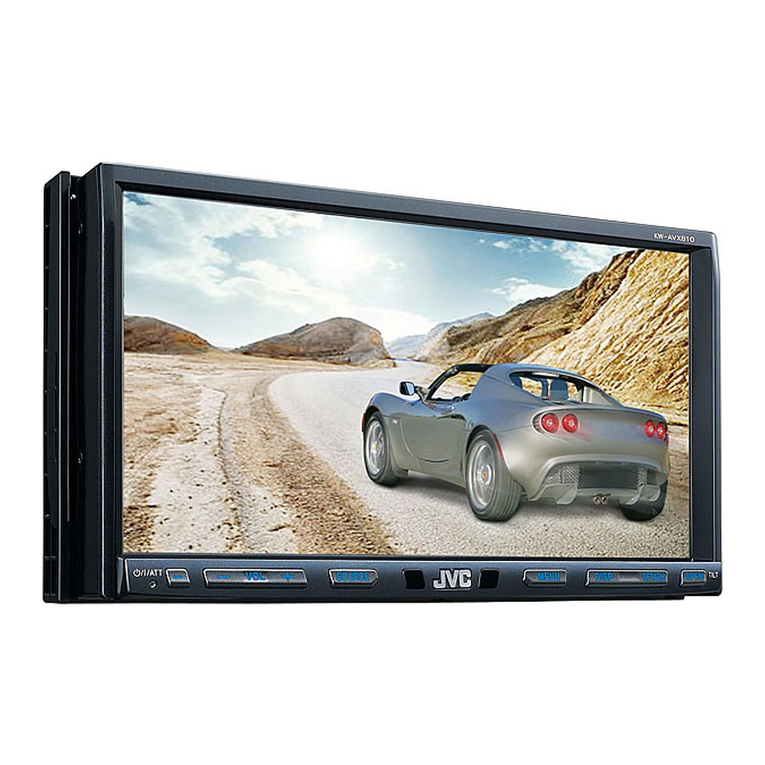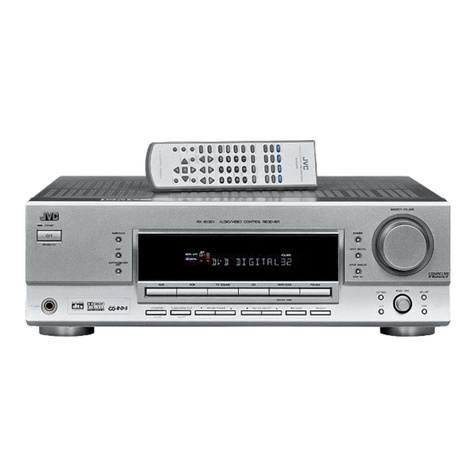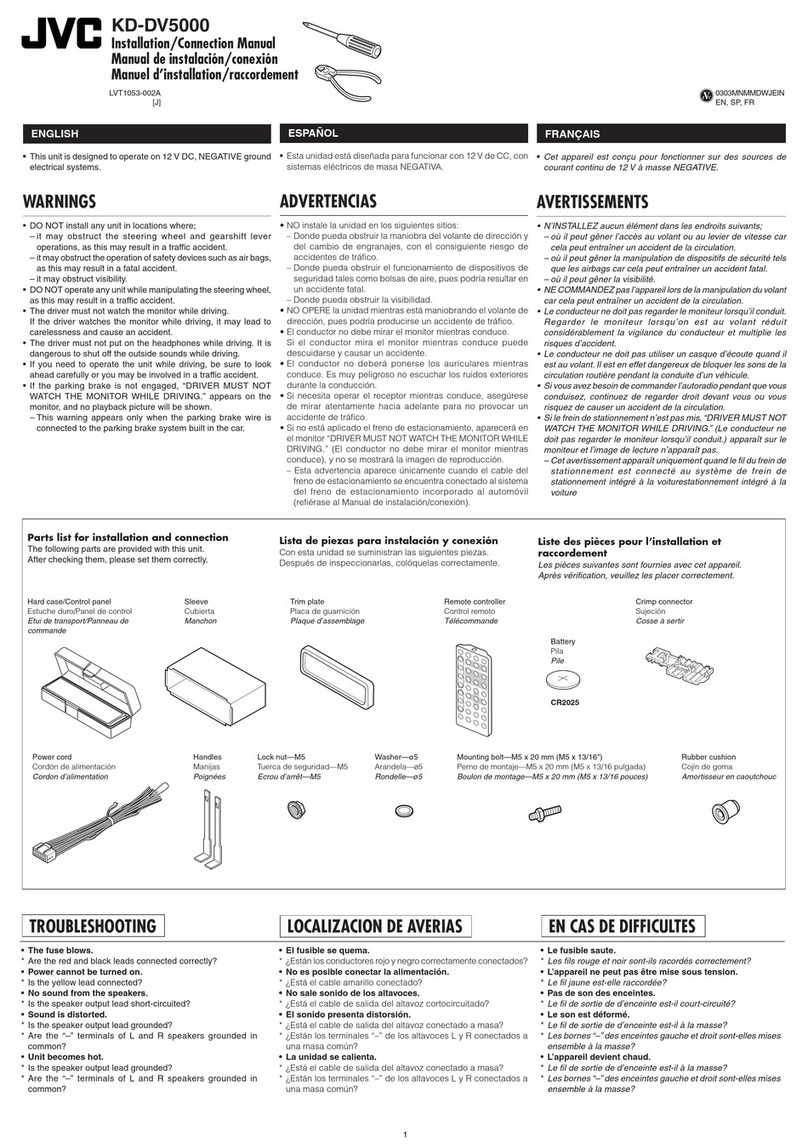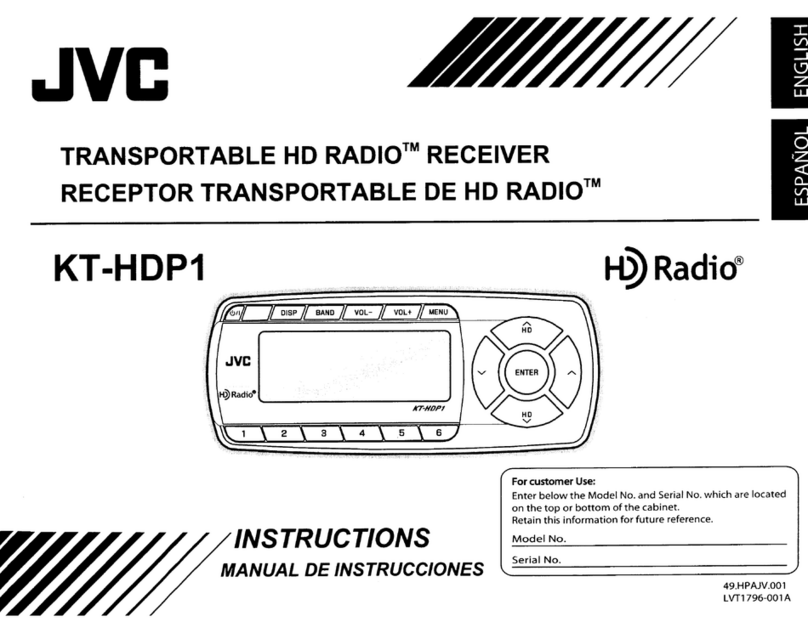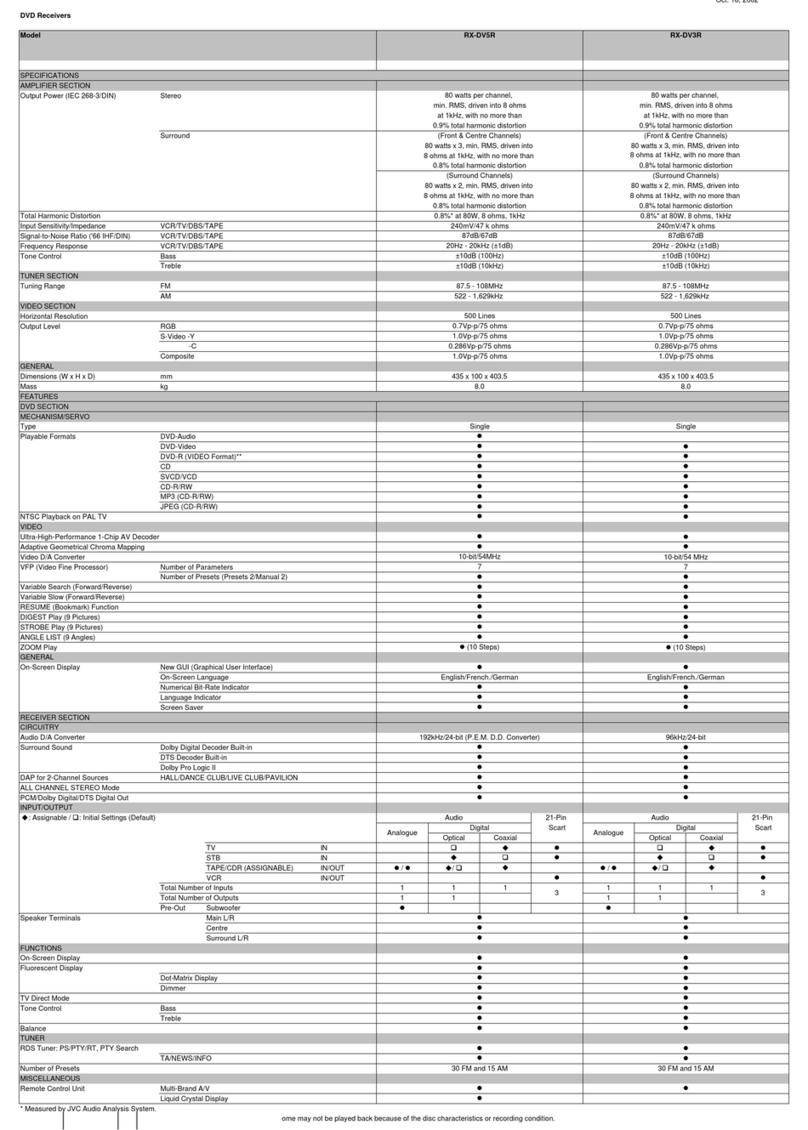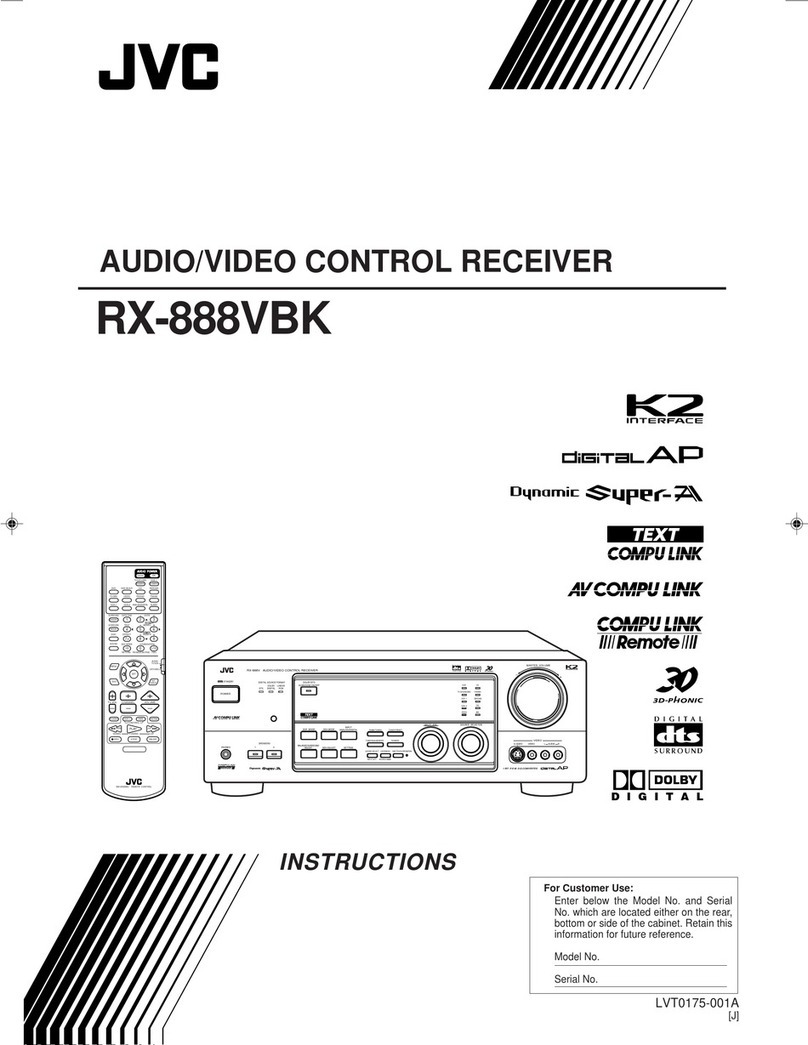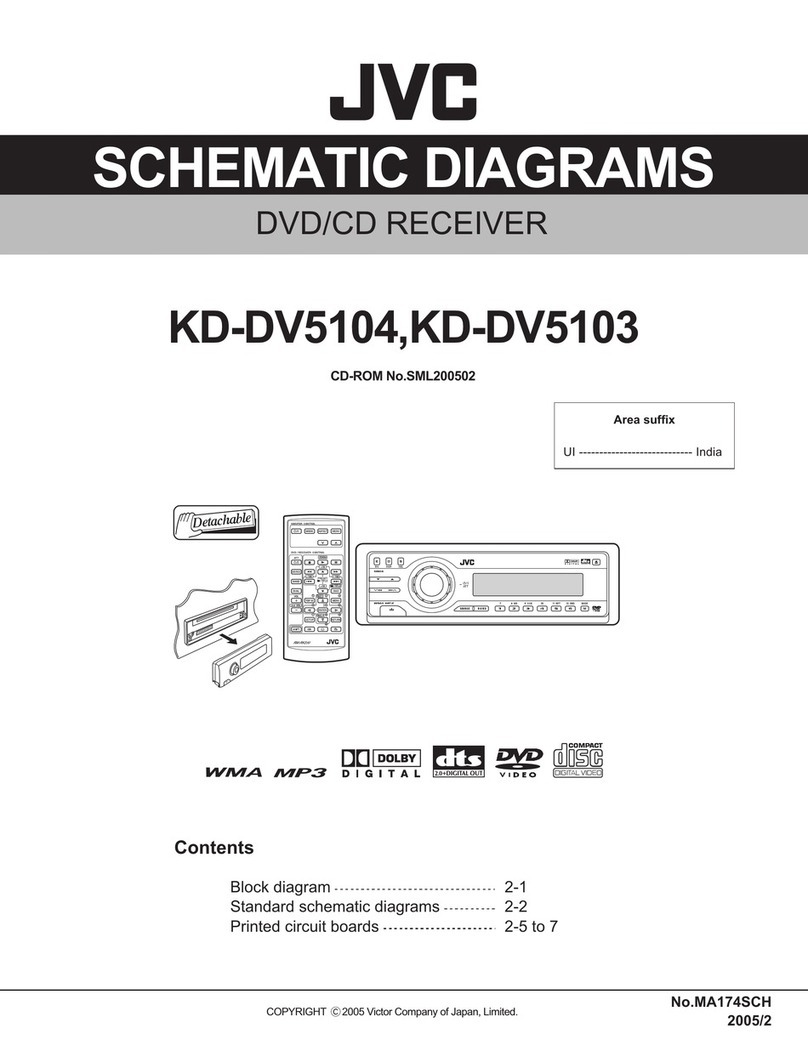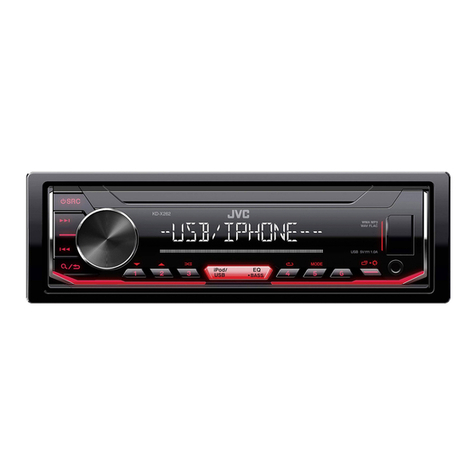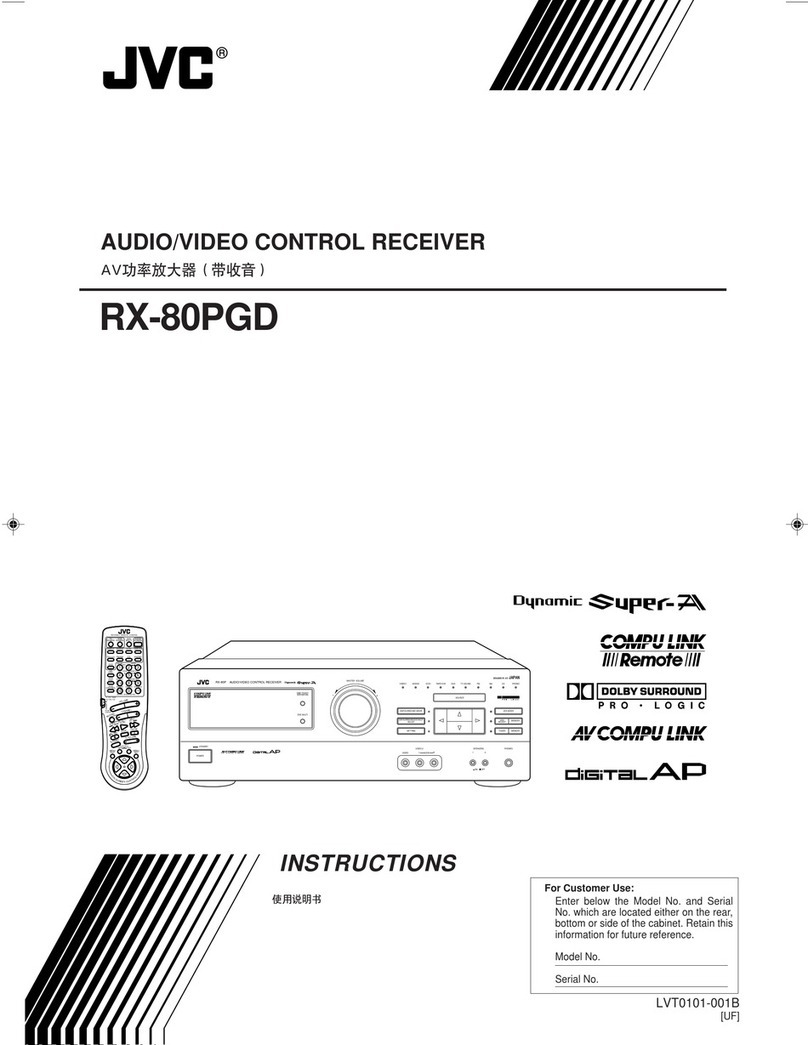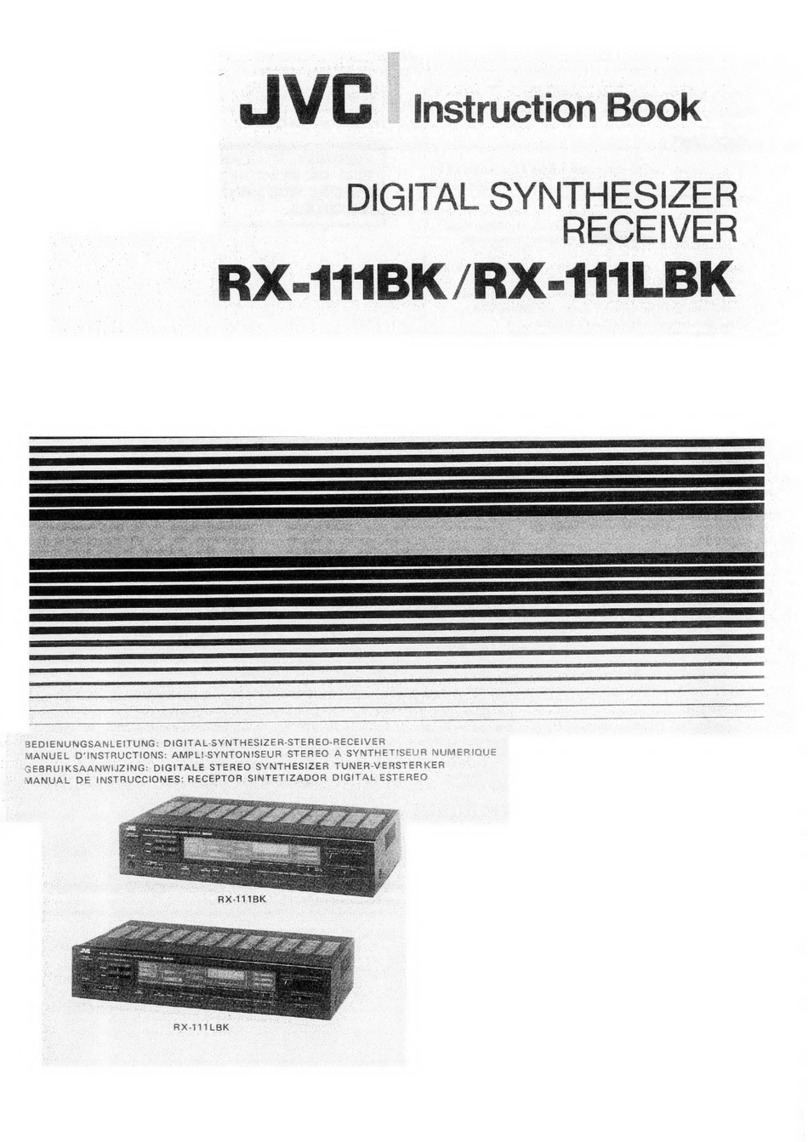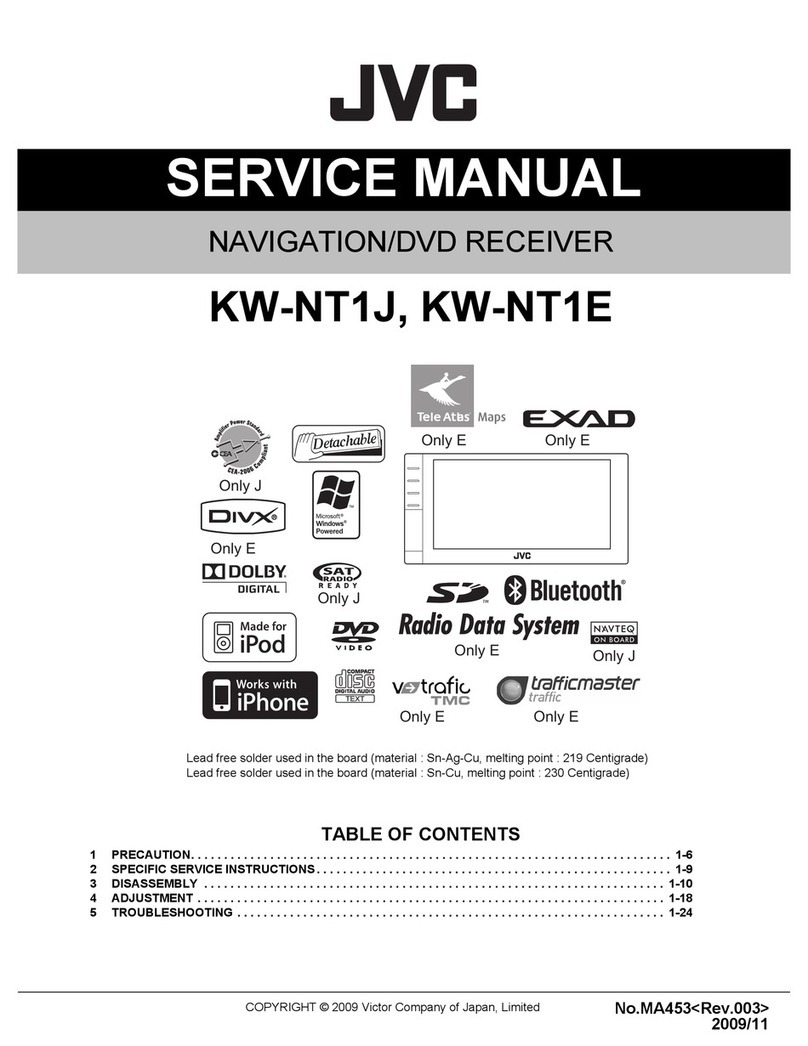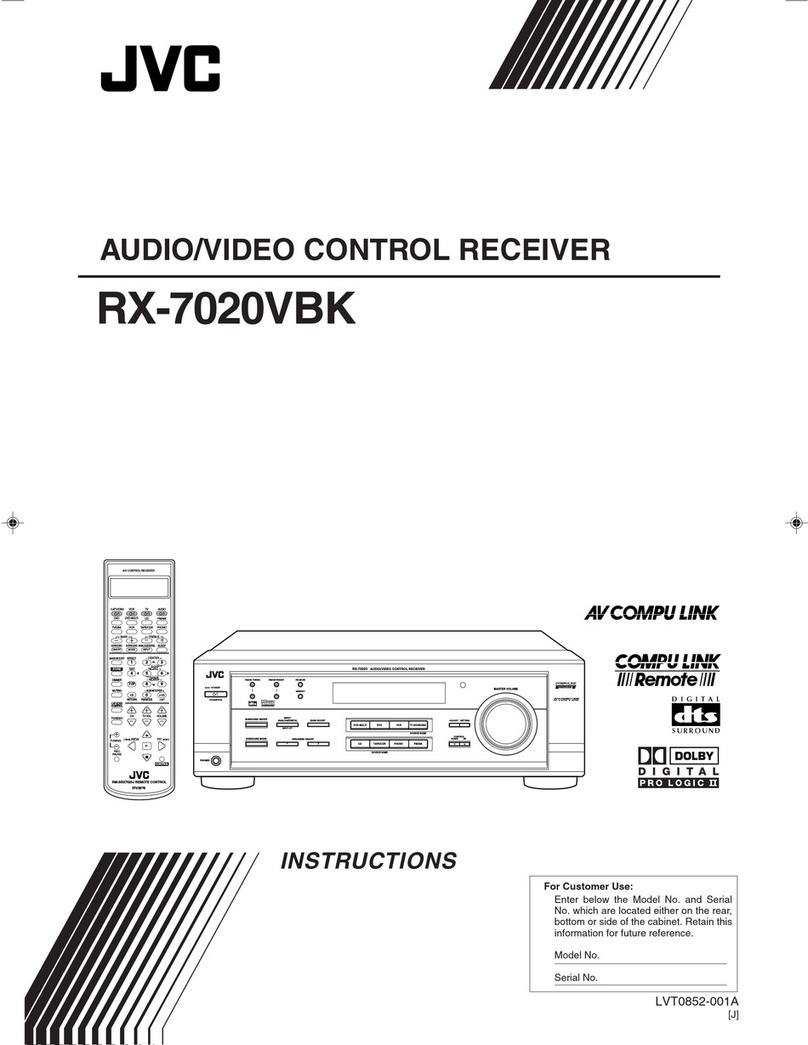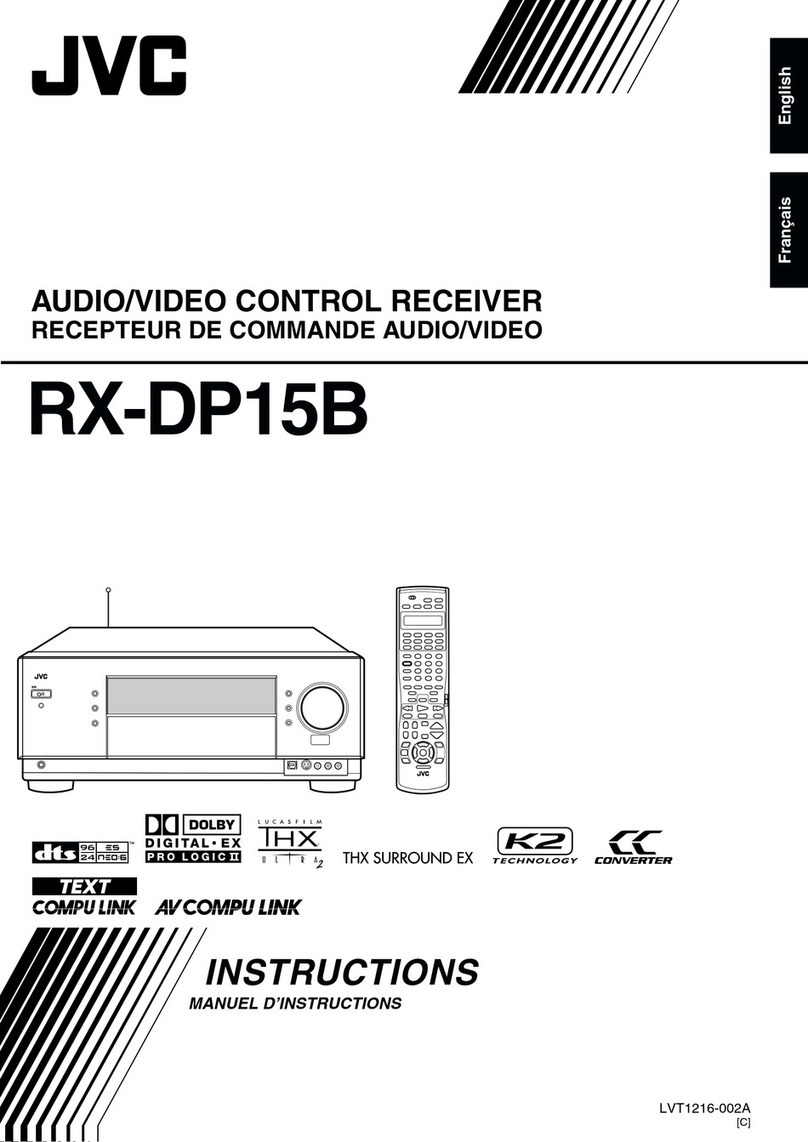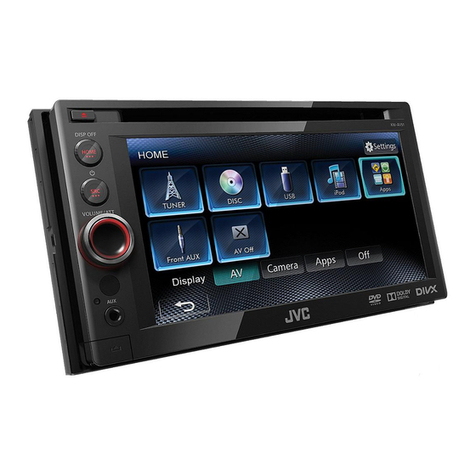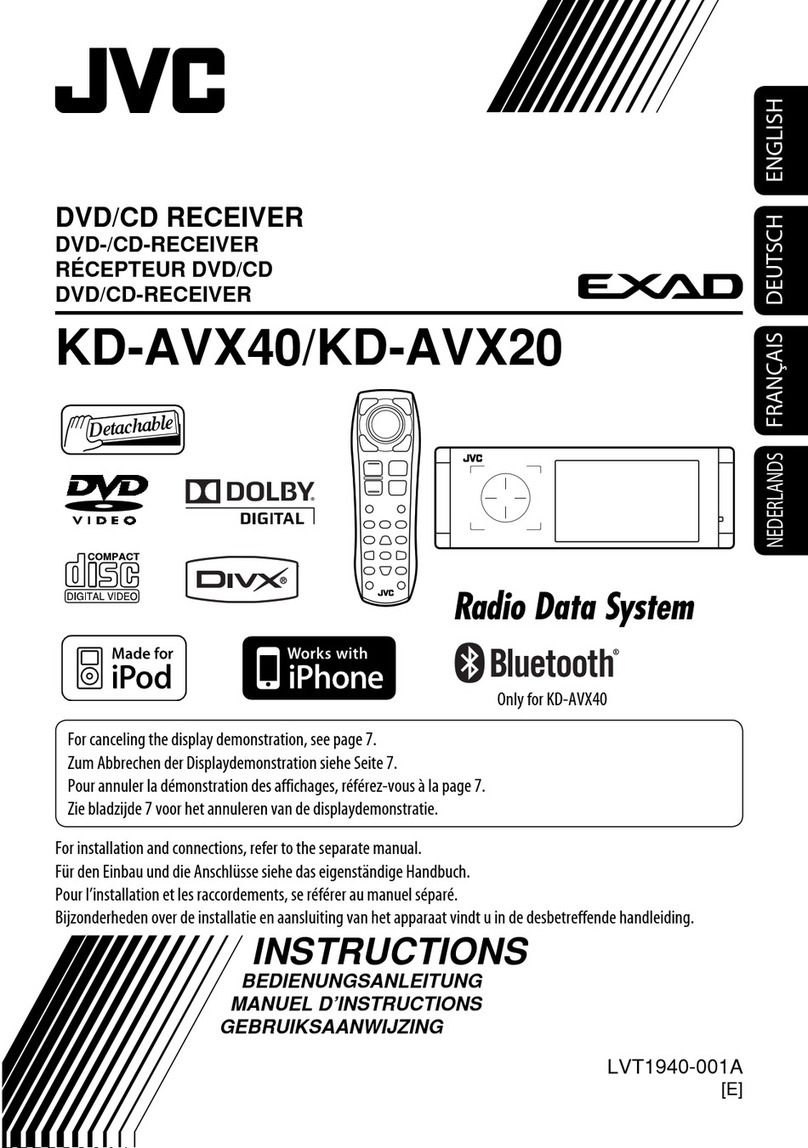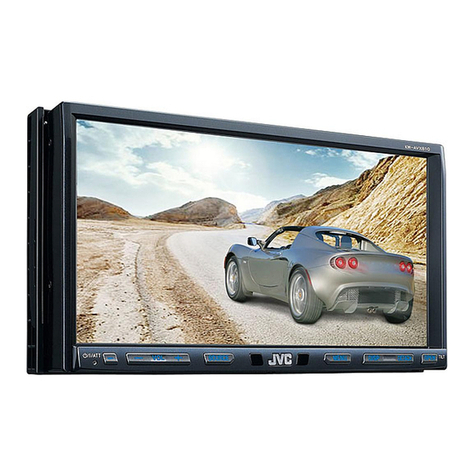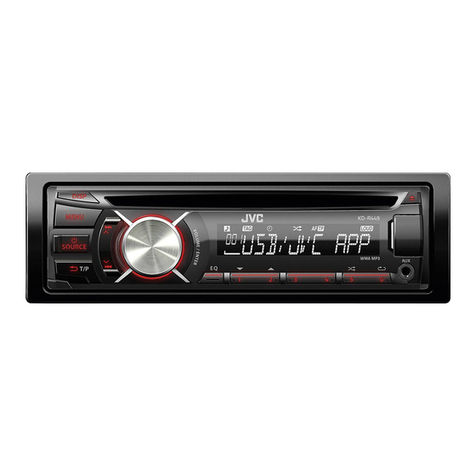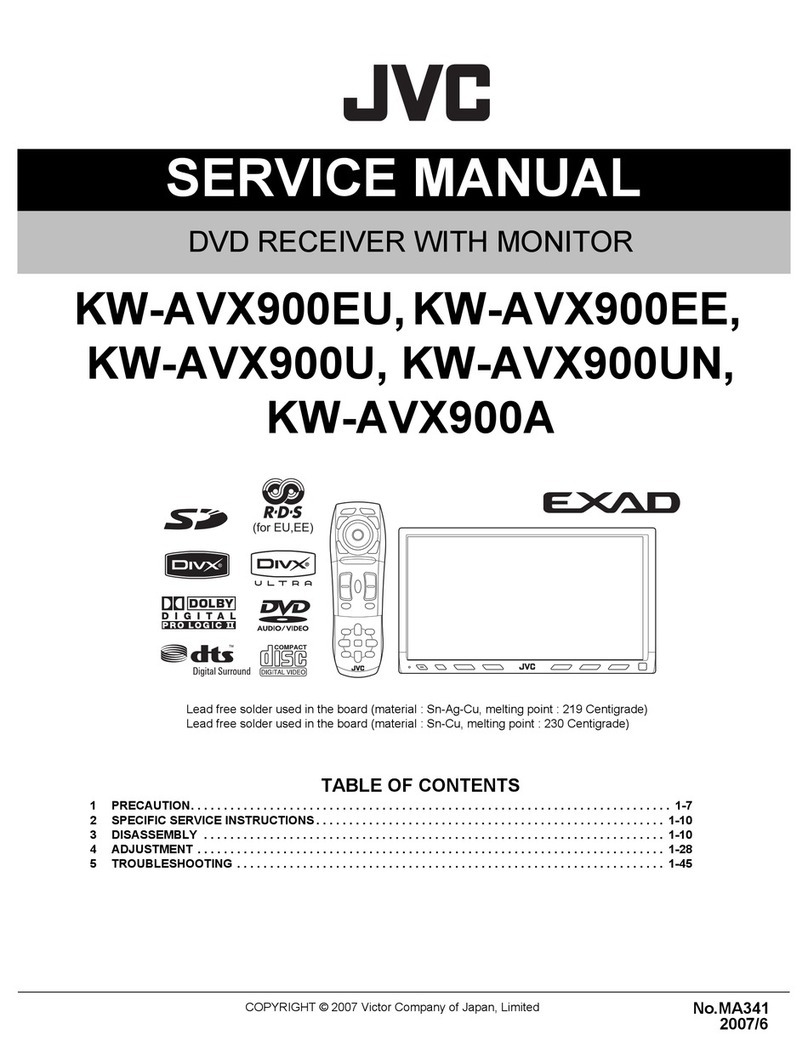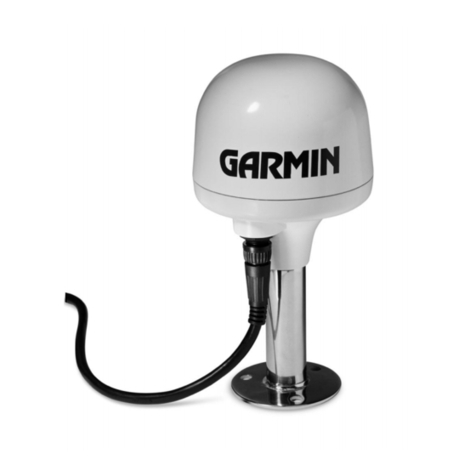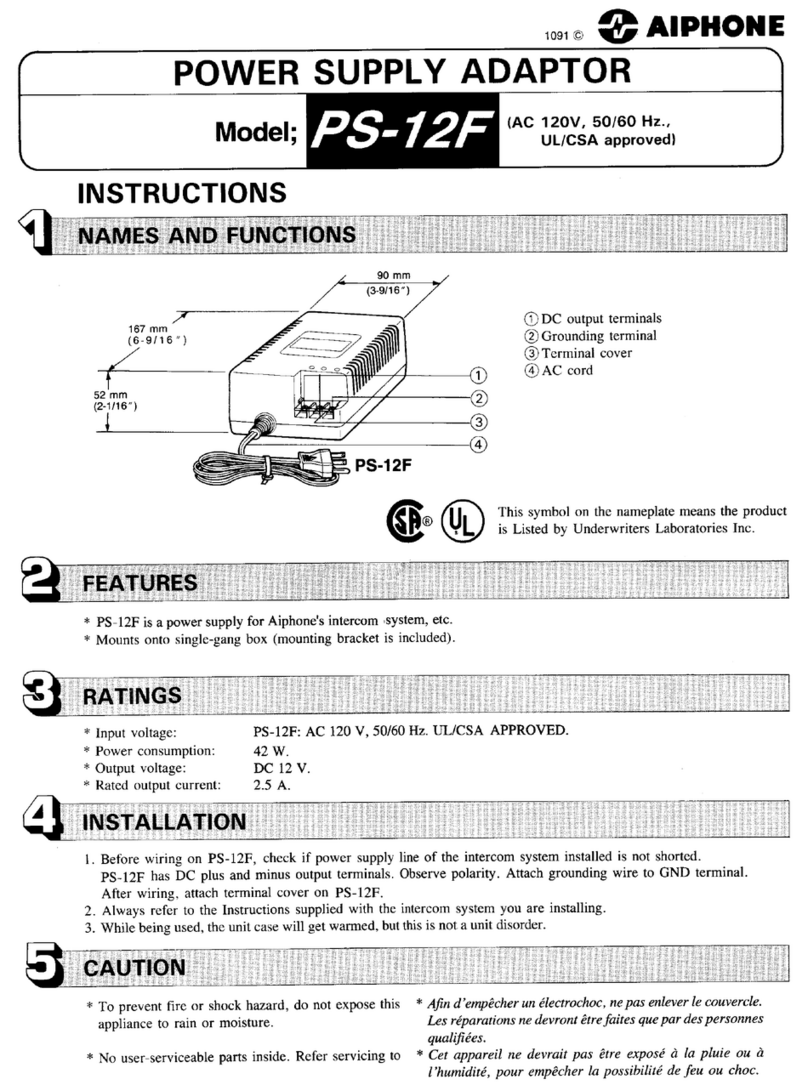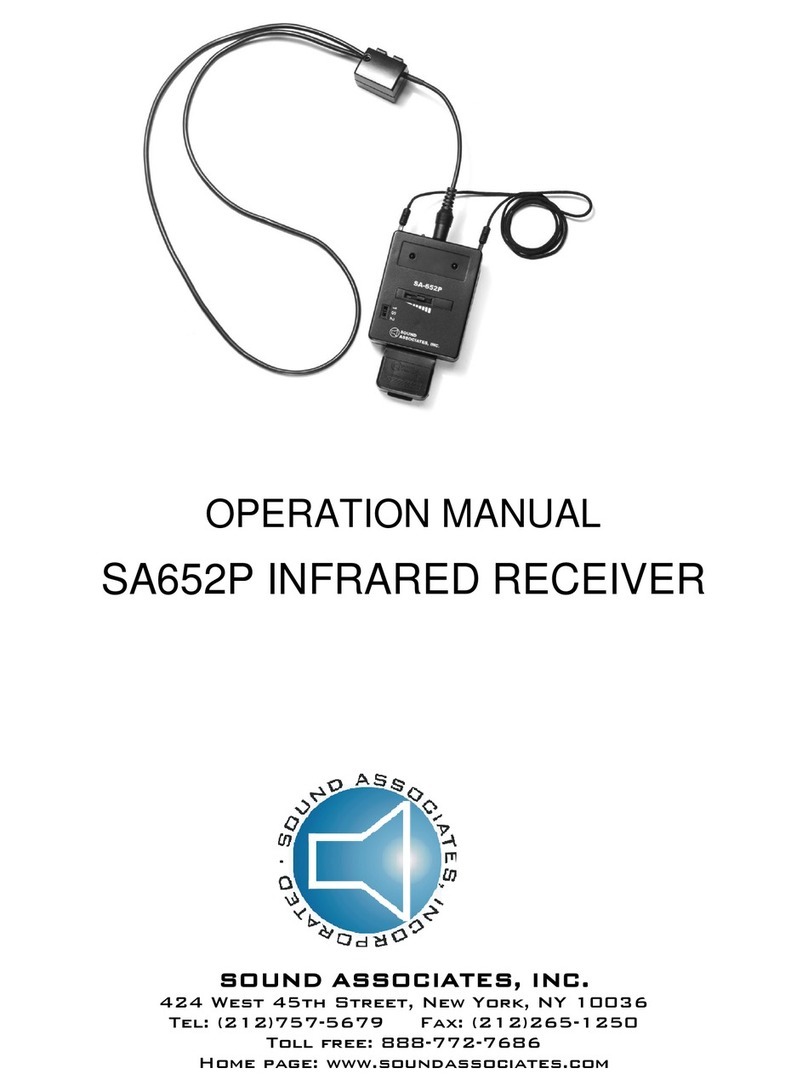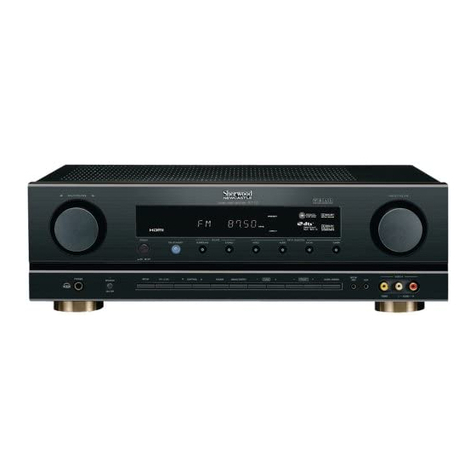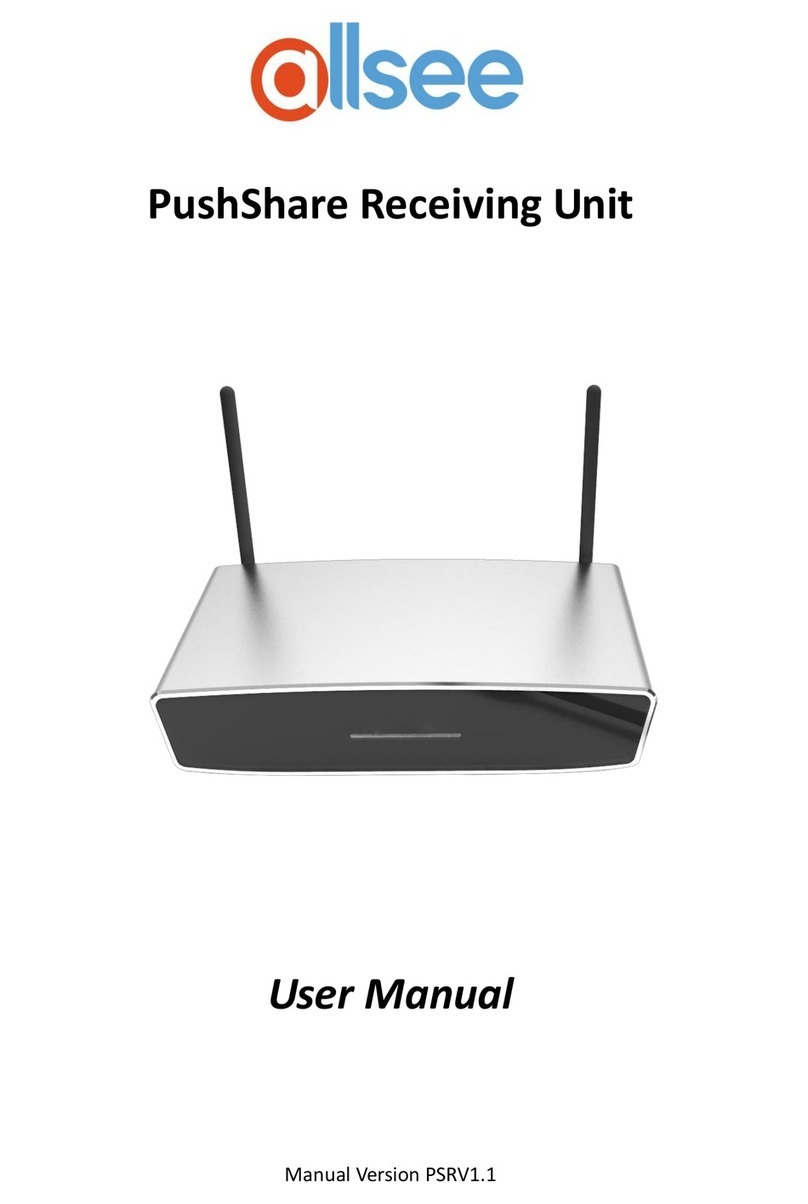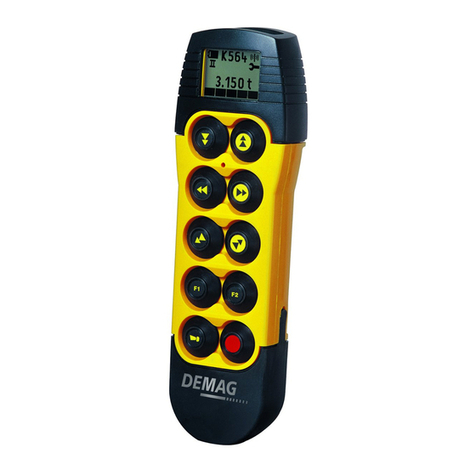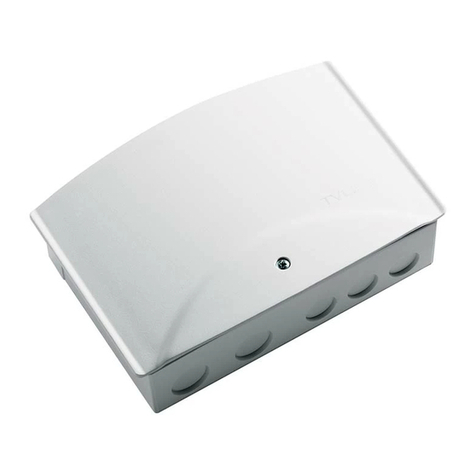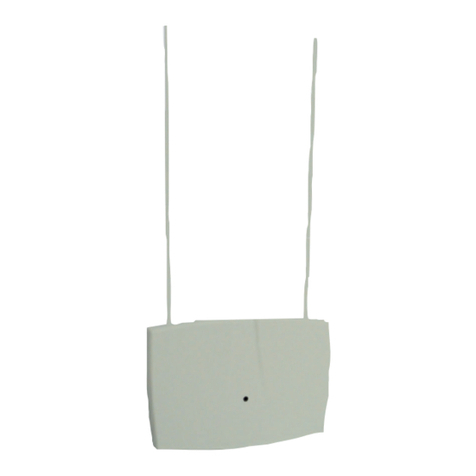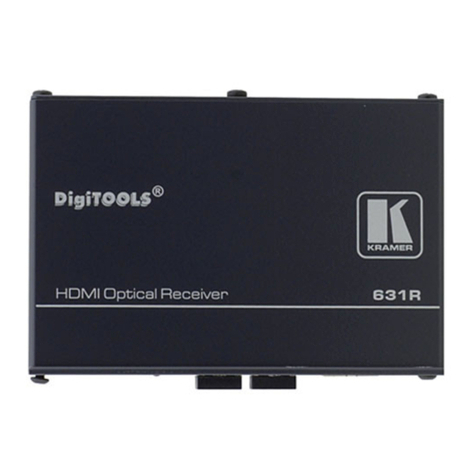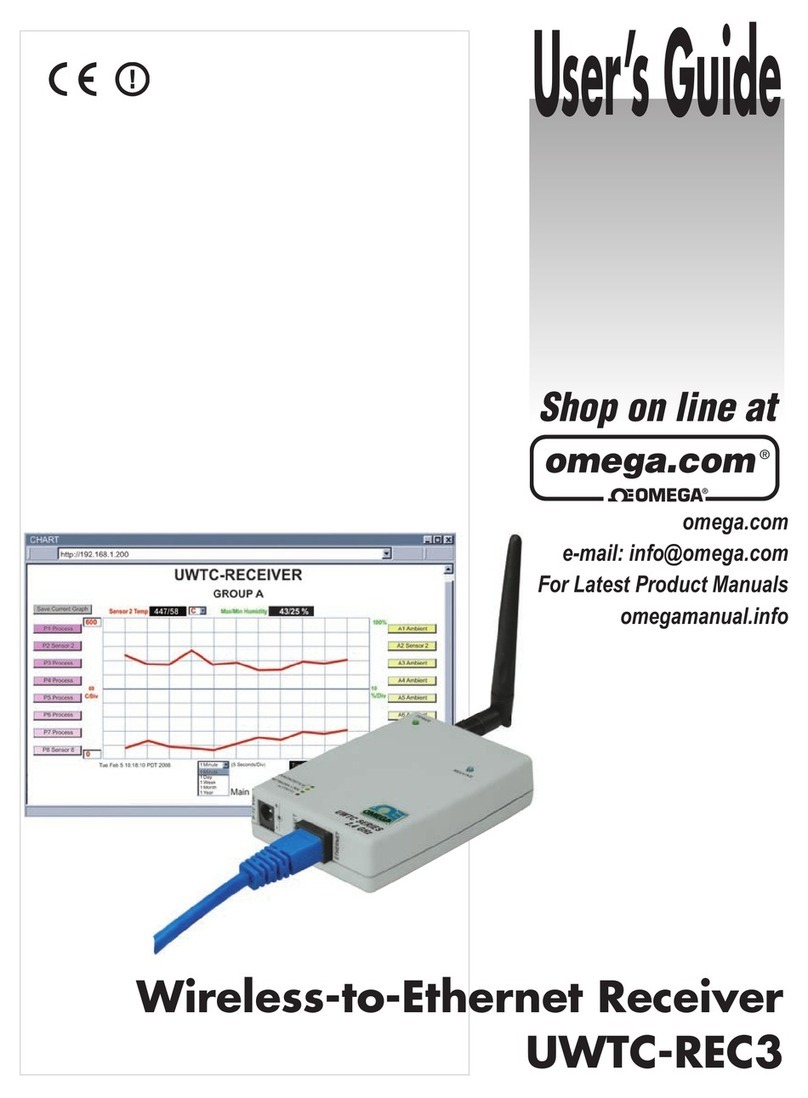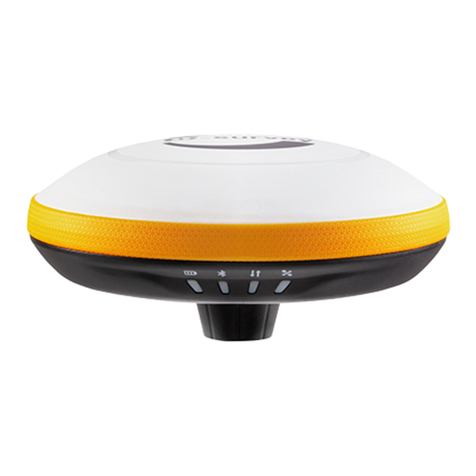
(No.MA304)1-3
For Europe
Design and specifications are subject to change without notice.
AMPLIFIER
Maximum Power Output Front/Rear 50 W per channel
Continuous Power Output (RMS) Front/Rear 20 W per channel into 4 Ω, 40 Hz to 20 000 Hz at no more
than 0.8% total harmonic distortion
Load Impedance 4 Ω(4 Ωto 8 Ωallowance)
Equalizer Control Range Frequencies 60 Hz, 150 Hz, 400 Hz, 1 kHz, 2.5 kHz, 6.3 kHz, 15 kHz
Level ±10 dB
Signal-to-Noise Ratio 70 dB
Audio Output Level
LINE OUT(FRONT/REAR)/
SUBWOOFER
Line-Out Level/Impedance 2.5 V/20 kΩload (full scale)
Output Impedance 1 kΩ
Color System PAL
Video Output (composite) 1 Vp-p/75 Ω
Other Terminals Input LINE IN, VIDEO IN, Aerial input
Output VIDEO OUT, DIGITAL OUT (optical)
Others CD changer, OE REMOTE
FM/AM TUNER
Frequency Range FM 87.5 MHz to 108.0 MHz
AM (MW) 522 kHz to 1 620 kHz
FM Tuner Usable Sensitivity (LW) 144 kHz to 279 kHz
50 dB Quieting Sensitivity 11.3 dBf (1.0 µV/75 Ω)
Alternate Channel Selectivity (400 kHz) 16.3 dBf (1.8 µV/75 Ω)
Frequency Response 65 dB
Stereo Separation 40 Hz to 15 000 Hz
MW Tuner Sensitivity/Selectivity 35 dB
LW Tuner Sensitivity 20 µV/35 dB
DVD/CD
Signal Detection System Non-contact optical pickup (semiconductor laser)
Frequency Response DVD, fs=48 kHz 16 Hz to 22 000 Hz
DVD, fs=96 kHz 16 Hz to 22 000 Hz
VCD/CD 16 Hz to 20 000 Hz
Dynamic Range 93 dB
Signal-to-Noise Ratio 95 dB
Wow and Flutter Less than measurable limit
MONITOR
Screen Size 2.7 inch wide liquid crystal display
Number of Pixel 123 200 pixels: 560 (horizontal) ×220 (vertical)
Drive Method TFT (Thin Film Transistor) active matrix format
Color System PAL/NTSC
Aspect Ratio 16:9 (wide)
Allowable Storage Temperature -10°C to +60°C
Allowable Operating Temperature 0°C to +40°C
GENERAL
Power Requirement Operating Voltage DC 14.4 V (11 V to 16 V allowance)
Grounding System Negative ground
Allowable Operating Temperature 0°C to +40°C
Dimensions (W ×H ×D) Installation Size (approx.) 182 mm ×52 mm ×160 mm
Panel Size (approx.) 188 mm ×58 mm ×14 mm
Mass (approx.) 2.1 kg (excluding accessories)
